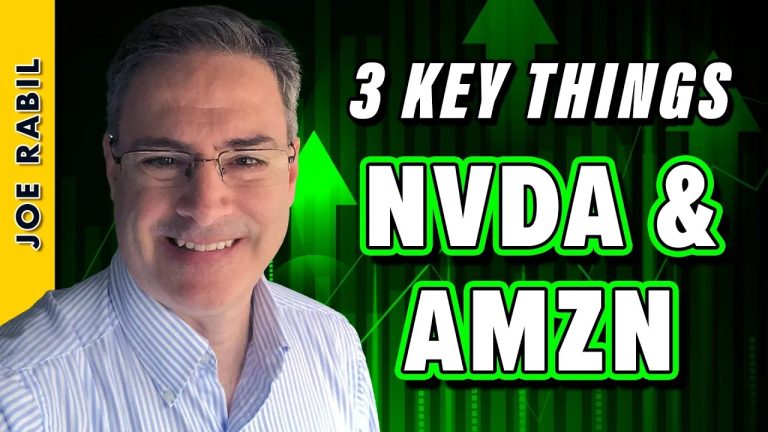DETROIT — Ford’s latest project out of the Motor City is the restoration and reopening of an abandoned train station, for decades a symbol of Detroit’s downfall and now the automaker’s new technology campus.
The $950 million project encompasses the 18-story former train station called Michigan Central Station — once the state’s marquee transit building — an adjacent 270,000-square-foot building and other, supporting facilities.
The 30-acre “Michigan Central” campus and station was initially announced in 2018 and slated to open by 2022. However, the coronavirus pandemic and the extensive work needed to renovate the station delayed its reopening. Ford is celebrating the restoration of the century-old train station on Thursday.
Following the event Thursday, the ground floor of the train station building will be open to the public through June 16, before the first commercial occupants begin moving in this fall.
The new campus comes at a precarious time for Ford investors as the company continues to restructure its business. It also comes as many companies attempt to downsize office space and fill their current buildings with employees who grew accustomed to working from home during the pandemic.
A photo of Michigan Central’s main concourse prior to its renovation sits in the newly restored room toward the back of the building.Michael Wayland / CNBC
Specifically in Detroit, a stark juxtaposition has emerged: In April, Ford’s crosstown rival General Motors announced it would be downsizing from its towering Renaissance Center headquarters along the city’s riverfront to two floors in a nearby building that’s under construction.
Yet Ford Chair Bill Ford Jr. said he believes the investment made in the historic train station is a crucial part of the automaker’s future, including in aspects of talent acquisition and retention.
“We’re in a war for talent, our industry and our company,” Ford, who spearheaded the project, told CNBC. “And you need to give talent two things: You need to give them, first, really interesting problems to solve, and then you have to give them a great place to work. With Michigan Central, we checked both those boxes.”
Bill Ford decided to purchase the dilapidated building after years of trips to Silicon Valley for his Fontinalis venture capital firm and during his tenure as a member of the eBay board of directors. He’s long been outspoken about the need for the traditional automotive industry to compete with newer tech companies in both product and talent acquisition.
Ford said attracting top talent to Detroit is “getting better” but noted that “it’s a tall order” to convince workers from California or the East Coast to relocate to Detroit and work for Ford.
“If you can show them a place like Michigan Central, not just in its beauty, which alone is incredible, but then talk about the kind of things that will be going on there, then it becomes, I think, a really valuable resource for the company going forward,” he said.
The Michigan Central campus is located southwest of Detroit’s main business district in a trendy neighborhood known as Corktown. It’s about 10 miles down the road from Ford’s world headquarters in Dearborn, Michigan.
The Michigan Central campus in total spans 1.2 million square feet of commercial space, including retail, restaurants and hospitality. It was awarded $300 million in state, local and historic rehabilitation tax incentives, according to officials.
The restored grand waiting room inside Ford’s Michigan Central Station in Detroit.Michael Wayland / CNBC
Ford officials went to great lengths to restore the station to its original glory after decades of vandalism and decay. The project involved 3D-scanning the rooms, matching materials and referencing historical photos to recreate parts of the building.
This was especially true for the first floor of the train station, where a grand room features massive windows, an arcade and a large concourse full of marble and terrazzo flooring, Mankato stone and other unique materials.
Architects and designers opted to leave some graffiti on walls to represent the station’s dormant years after closing in 1988.
As one measure of Ford’s determination, officials traced the facility’s original limestone to a quarry in Indiana only to find out it had since closed. Michigan Central worked with the owners to reopen the quarry.
“It has been painstakingly and lovingly restored to, wherever possible, to its original condition,” said Josh Sirefman, Michigan Central CEO, during a tour of the project. “Before we start activating it with lots of things, it’s probably in its most pristine condition.”
Some graffiti from when Michigan Central sat dormant for more than 30 years was purposely preserved to represent that part of the station’s history.Michael Wayland / CNBC
Amid national commercial real estate challenges, about two-thirds of the tower has scheduled tenants or planned use cases, officials said. That includes an unnamed restaurant and hotel, pending rezoning approval.
The adjacent building, known as the Detroit Public Schools Book Depository, already houses more than 600 employees from nearly 100 startup companies.
“It really is the beginning of the ecosystem that I want to create,” Bill Ford said. “There’s going to be a lot of experimentation taking place down there.”
Ford plans to house at least 2,500 employees in the building, primarily members of the company’s electric vehicle and connected services teams. Roughly 1,000 of those employees are expected to move into the station’s tower by the end of this year, Ford said.
Other building occupants could include local universities, other businesses and a restaurant. However, officials declined to release a full list of expected tenants. Google, a founding partner of the project, runs its “Code Next” program, which teaches students how to code, from the Book Depository building.
Ford said he expects future automaker employees to be able to collaborate with other occupants of the station’s tower as well as the startups occupying the Book Depository building.
Michigan Central’s main concourse newly restored room.Michael Wayland / CNBC
Resurrecting the train station and surrounding campus is the latest project Bill Ford, a great-grandson of company founder Henry Ford, has undertaken in the Motor City.
He was instrumental in moving the Ford family-owned Detroit Lions from suburban Pontiac to a new stadium, appropriately named Ford Field, in downtown Detroit in 2002. He also was part of the team that brought the Super Bowl to the city in 2006.
And he redeveloped the company’s River Rouge Assembly plant into a “green” production facility amid calls to close it. It’s now a tourist destination for the production of the Ford F-150 full-size pickup.
The renovated “reading room” off of the grand waiting room at Ford’s Michigan Central Station in Detroit.Michael Wayland / CNBC
Ford, who served as CEO of the automaker from 2001 to 2006, described Michigan Central as a continuation of such projects. He called the effort a “legacy project” for himself as well as for those who have been able to work on it.
“I’m very proud of both of those [prior projects], but I think this is going to kind of put an exclamation point on it because this will be a wonderful place to work but it will also be a wonderful place for the public to come,” Ford said.
This post appeared first on NBC NEWS










